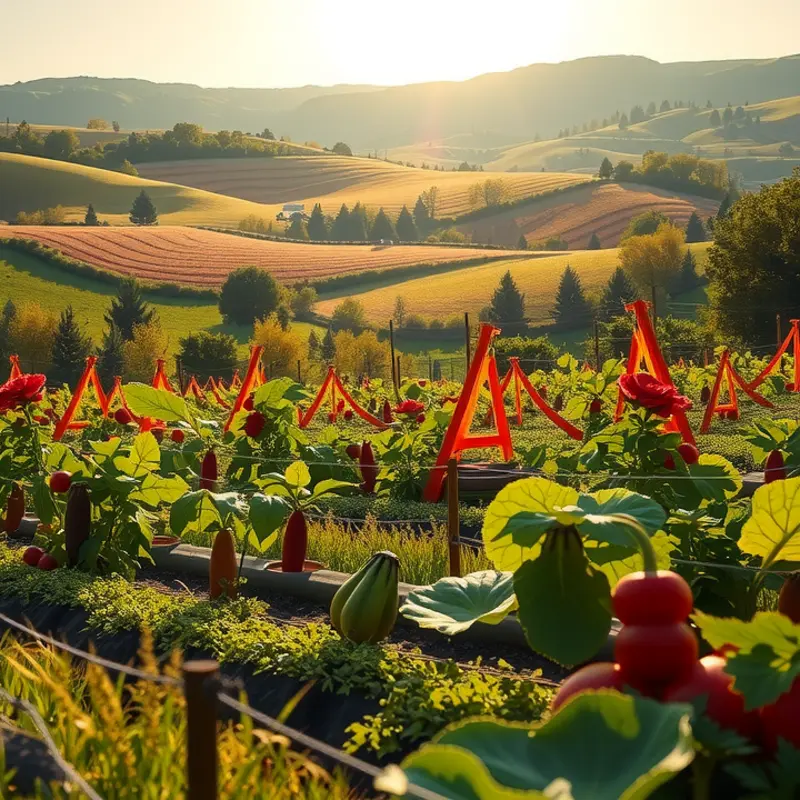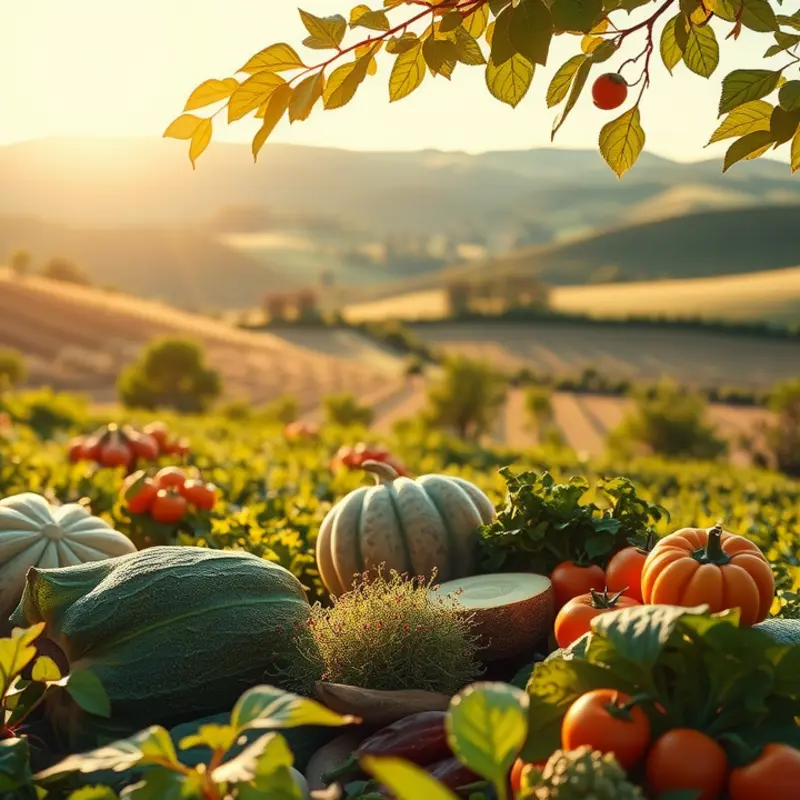Malaysian cuisine is a vibrant fusion of flavors, ingredients, and culinary techniques influenced by the diverse ethnic groups that inhabit the country. With its roots in Malay, Chinese, Indian, and indigenous cooking, this gastronomic delight offers an array of textures and tastes that tell the story of Malaysia’s cultural heritage. From aromatic spices to fresh local produce, the experience of exploring Malaysian cuisine is as engaging as it is delicious. This article delves into the heart and soul of this fascinating food culture, inviting you to taste the traditions that make Malaysia a unique culinary destination.
Heritage on a Plate: The Roots of Malaysian Cuisine

Malaysia, a melting pot of cultures, showcases a culinary landscape alive with diverse traditions. The roots of Malaysian cuisine are grounded in the influences of various ethnic groups. This fusion not only enriches the culinary tapestry but also gives each dish a story. Whether it’s Malay, Chinese, Indian, or indigenous flavors, each contributes key ingredients and traditional cooking methods that define the country’s gastronomic identity.
Key Ingredients and Cooking Methods
Central to Malaysian cooking are a variety of herbs and spices such as lemongrass, turmeric, and galangal. These ingredients provide depth and distinctiveness to many dishes. Traditional cooking methods, like grilling on coconut husk charcoal or slow-cooking curries in clay pots, are as important as the ingredients themselves. Such techniques highlight the authenticity and care in Malaysian kitchens.
Cultural Influences
The cultural confluence in Malaysia is palpable in everyday meals. The Chinese influence introduces stir-frying and the artistry of noodle-making. The Indian touch comes through in the form of vibrant spices and the widespread love for dhal and rotis. Malay traditional fare contributes rich and spicy fare such as rendang, slow-cooked in coconut milk, showing a profound appreciation for bold flavors.
Notable Dishes
Nasi Lemak, often regarded as Malaysia’s national dish, exemplifies this heritage blend. It consists of rice cooked in coconut milk, served with anchovies, peanuts, boiled eggs, and sambal. Each component reflects the harmony of flavors, textures, and influences from different cultures, making it a staple in Malaysian life.
Another celebrated dish is Satay, which is skewered and grilled meat served with a flavorful peanut sauce. Satay underscores the diverse influences from neighboring regions. The method of marinating and skewering meat has evolved with exposure to other cultures while retaining a distinct Malaysian touch. This dish is often linked with gatherings and festivities, demonstrating its significance in the cultural fabric.
In this exploration of culinary roots, it’s evident that Malaysian cuisine is more than just food; it narrates tales of migration, adaptation, and celebration. Keeping these rich traditions and flavors intact while continuing to innovate is a testament to the enduring legacy of Malaysian gastronomy.
For more insights into how cultural exchange has influenced regional flavors, explore this article on culinary influences from trade.
The Vibrant Spice Melange: Techniques and Flavors

In the rich tapestry of Malaysian cuisine, spices are the threads that bind diverse culinary influences into a harmonious whole. Central to this fusion is the art of crafting rempah, a complex spice paste, which begins with an aromatic base of shallots, garlic, and ginger. This is then blended with chilies, turmeric, and other spices, each carefully toasted to unlock its essence. Rempah forms the soul of many Malaysian dishes, imbuing them with layers of warmth and flavor.
Fresh herbs complement this spice foundation, introducing brightness and depth. Pandan leaves, with their distinct vanilla-like fragrance, often accompany rice and desserts. Lemongrass, known for its citrus-like aroma, enlivens soups and stews such as laksa, a vibrant noodle soup that showcases a symphony of flavors with coconut milk and seafood.
The techniques of grilling, steaming, and stir-frying each play a role in unfolding the depth of these spices and herbs. Grilling, a popular method in street food such as satay, imparts a smoky character that complements the spicy-sweet marinade. Steaming, on the other hand, preserves the delicate balance of flavors in dishes like otak-otak, a fish custard wrapped in banana leaves.
Stir-frying is ubiquitous in Malaysian cooking, enabling quick searing of ingredients to heighten their natural flavors. This technique is vital in preparing rendang, a slow-cooked caramelized beef dish enriched with coconut and rempah. Through patient simmering, the spices meld seamlessly over time, creating a richness that is both complex and comforting.
Communal dining is intrinsic to the Malaysian culinary experience, where dishes are shared at the center of the table. This tradition emphasizes not only the abundance of the meal but also the joy of sharing amongst family and friends. Such gatherings often become vibrant culinary exchanges where each bite is a celebration of heritage and togetherness.
The role of spices and traditional cooking techniques in Malaysian cuisine is not solely about flavor; it’s about connection. The shared experience of preparing and enjoying these dishes reflects the diverse cultural influences that have shaped this nation’s palate. To explore Malaysian cuisine is to partake in a living tradition, where every meal is a reminder of the country’s rich culinary heritage and the communal spirit that sustains it.
For those interested in enhancing their cooking while respecting these rich traditions, consider incorporating new techniques and spice blends without adding extra salt. By understanding and experimenting with these elements, one can appreciate the depth and nuance that Malaysian cuisine offers.
Final words
Malaysian cuisine is a delicious manifestation of the country’s rich cultural heritage, where each dish tells a story of tradition, history, and community. The blend of spices, diverse ingredients, and cooking techniques reflects the country’s multicultural identity, making it an intriguing food experience for any enthusiast. Whether you are enjoying a comforting bowl of Nasi Lemak with family or savoring street food from a local vendor, each meal is an invitation to explore the vibrant tapestry of flavors that define Malaysian culinary traditions. By embracing these food customs, you not only indulge your palate but also immerse yourself in the vibrant culture of Malaysia.








